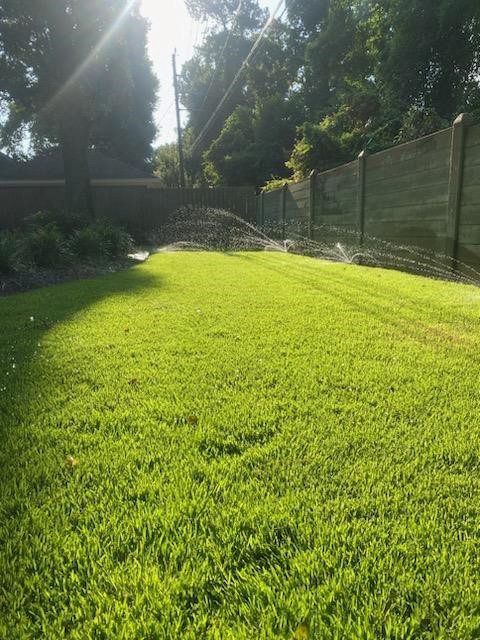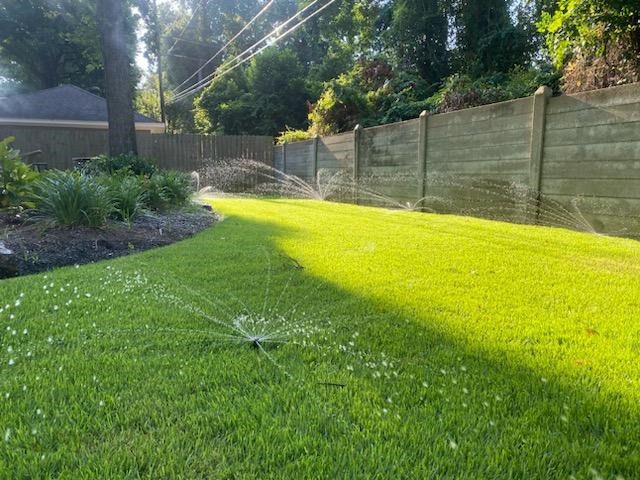- Choose Drought-resistant Plants: Choose plants that can survive with less water and can tolerate hot/dry conditions. Group plants with similar water needs together so you can water them efficiently without over or underwatering.
- Use Drip Irrigation: Drip irrigation delivers water directly to the roots of the plants, thus avoiding evaporation and waste of water. This should not be used in such a situation but works well to water drought tolerant plants.
- Water at the Right Time: Watering your plants early in the morning or late in the evening, when the sun is not too high, can reduce water evaporation.
- Adjust Your Sprinklers: Check your sprinklers for clogs, leaks, or misdirected spray monthly. Adjust them properly to avoid watering sidewalks, driveways, or other areas that do not require water.
- Use Rainwater: Collect and store rainwater in barrels or an underground rain tank for watering your plants during dry periods.
- Mulch: Apply a layer of mulch around the plants to lock in moisture, prevent water runoff, and inhibit weed growth, but be careful, too much mulch can be harmful to plants.
- Monitor Water Use: Regularly check your water bill to monitor the amount of water you are using and adjust your irrigation system accordingly. Flow sensors can also be added to your irrigation system to track water usage of the system.
- Install a Rain Sensor: Install a rain sensor on your irrigation system, which automatically shuts off the system when it rains.
- Maintain Your Irrigation System: Regularly maintain and repair your irrigation system to ensure it is working efficiently and not wasting water.
- Use technology: there are sprinkler manufacturers that have Wi-Fi ready controls. The systems allow you to access your sprinkler system and adjust from anywhere in the world. Most of these systems are a couple hundred dollars but can start saving you money right away.


